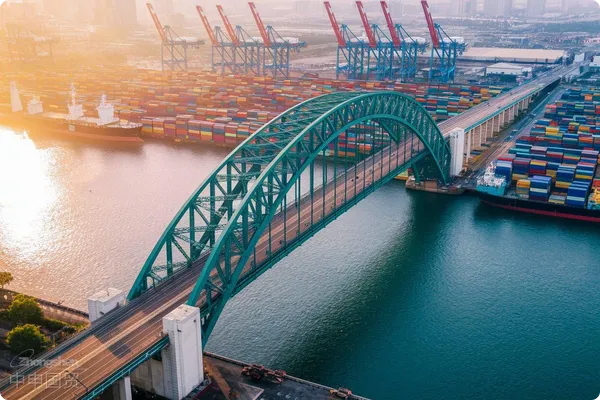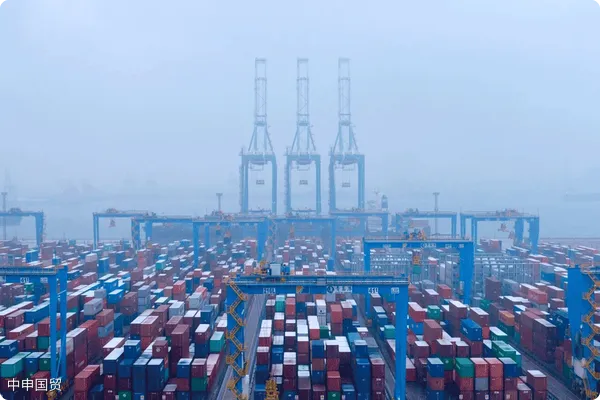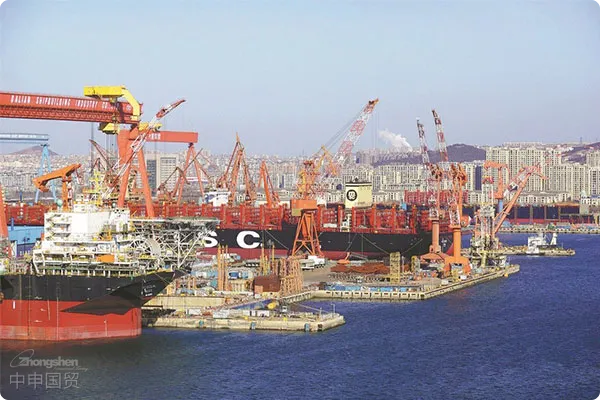- Shanghai Zhongshen International Trade Co., Ltd. - Two decades of trade agency expertise.
- Service Hotline: 139 1787 2118

Analysis of industry-specific characteristics in equipment parts import
Industrial equipment parts imports havethree characteristics: complex categories, specialized technical parameters, and time-sensitive supply chains. Against the backdrop of global manufacturing supply chain restructuring in 2025, enterprises face:Customs clearance delays caused by parts classification disputes
- Ambiguity in distinguishing between special equipment parts and general components
- Tariff code determination risks for split imports of complete equipment
- Technical verification for special regulatory requirements
- Blind spots in connecting CE certification with domestic
- certification3CCustoms on-site inspection standards for explosion-proof parts
- Three hidden minefields in customs clearance
According to the latest 2025 customs audit data, the error rate in equipment parts import declarations is as high as 23%, mainly concentrated in:
According to the latest 2025 customs audit data, the error rate in equipment parts import declarations reached as high as 23%, mainly concentrated in:
- Classification logic gap: Import of sensors for an automobile production line, resulting in an 8% tariff difference due to misclassification under HS8536
- It is recommended to verify through the following methods:Bright trap: Southeast AsiaEntrepot TradeCompliance review of FORM E certificate issuance
- Underreporting of royalty fees: Case of back taxes for undeclared software licensing fees on patented technical components
Cost control model for logistics solution design
Professional agency service providers throughThree-dimensional logistics matrixAchieving cost optimization:
- Transportation mode combination
- Core componentsAir Transportation+ Standard partsMaritime TransportationMixed loading solution
- China-Europe Railway ExpressLead time testing for newly opened stations in 2025
- Duty deferral strategies
- Application scenario analysis of bonded warehousing and VMI models
- Optimization plan for temporary entry/exit goods guarantee deposits
Key indicators for enterprises when selecting agency services
When evaluating agency service providers, focus should be placed on examining:
- Customs compliance system
- Data integration capabilities of AEO-certified enterprises
- Completeness of classification advance ruling case database
- Emergency response mechanism
- Commitment on customs inspection exception response time
- Express channel for demurrage fee guarantees
Technical breakthrough points in cost optimization
Under the framework of the latest 2025 tariff preferential policies, professional agencies can achieve:
- 12-15% increase in FTA utilization rate
- 20% logistics cost savings through special customs zone policy combinations
- 30% reduction in compliance costs through classification dispute anticipation
Deep value creation in customs compliance
Premium agency services transcend traditional customs clearance operations, building:
- Three-tier risk early warning system
- Product access pre-screening system
- Declaration element compliance self-check module
- End-to-end traceability mechanism
- Document electronic archiving system
- Tax payment exception monitoring
In the technology-intensive field of equipment component imports, professional agency services have evolved from simple process outsourcing toStrategic supply chain partnerships. Enterprises should establish a three-dimensional evaluation model for agency service providers, focusing on three core dimensions: technical analysis capability, emergency response speed, and compliance system construction, to achieve stable development in import operations.
Related Recommendations
? 2025. All Rights Reserved. Shanghai ICP No. 2023007705-2  PSB Record: Shanghai No.31011502009912
PSB Record: Shanghai No.31011502009912










